Financial condition and development of production are in direct and inverse relationship. The more intensively the volume of output increases, the more profit the company receives from its sale. Income and profitability are key indicators of the financial condition of the enterprise. With insufficient funds, unavailability of loans, shortening the terms for granting loans, certain difficulties may arise. 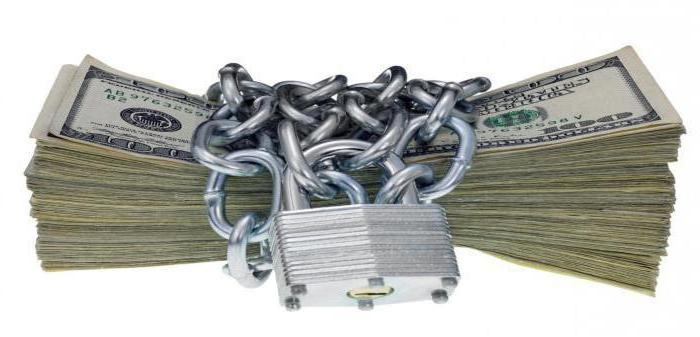
Financial concept
In any company, cash flows are formed that serve the production and sale of products. Their movement and characterizes the financial condition. When selling products, the company receives revenue. The difference between it and current expenses is called profit. Her attitude to expenses, in turn, is called profitability. These indicators of the financial condition of the enterprise are complementary.
Production rate
Proceeds from the sale of products create profit. She acts as the main indicator of financial condition. Profit is a criterion of work efficiency. If the company is unprofitable, that is, the proceeds from the sale do not cover current costs, then financial condition of the enterprise requires significant adjustments. Profit is not considered a universal indicator of the solvency of an economic entity. More comprehensive assessment of financial condition the organization is carried out by the magnitude of the share of net income as part of current expenses. It reflects the profitability of the company. Together, these two parameters fully characterize the solvency of the company. Problems in the company can arise not only in the absence of funds for settlements, but also because of the difficulties of sales. They cause overstocking and freezing of large volumes of current assets. The state of settlements and payments in the real sector is reflected by such indicators as total, receivables and payables, their ratio, overdue loan obligations, and non-payments to the budget. Particular attention is paid to mutual non-payment of counterparties.
Monitoring
Its essence is in the study of resources and forecasting the company's capabilities for information from accounting and reporting. Financial analysis carried out mainly to obtain the necessary information for the adoption of administrative decisions. In the course of it, the influence of certain factors on the detected deviations from the planned parameters is also determined, a forecast is made for the upcoming periods. Financial analysis can be external or internal. The latter is carried out by employees of the company itself. Independent experts - auditors are invited for external analysis. 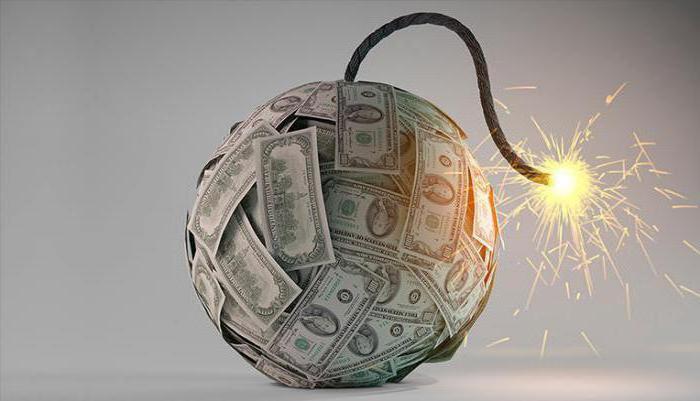
Resource Efficiency
Financial stability determined by its ability to function, develop and maintain a balance of assets and liabilities in constantly changing external and internal conditions. It is worth saying that even with good results of its work, a company may experience difficulties if it irrationally uses its available resources. For example, financial condition may significantly deteriorate when investing in excess inventories or in the presence of large receivables. As a positive factor for stability, the sources of formation of stocks. A negative indicator is the size of these resources.It follows that the main methods of overcoming the crisis will be:
- Increase in the share of your funds.
- Replenishment of stock creation sources.
- Reasonable decrease in resources.
To ensure stable financial condition companies in market conditions, it is necessary to constantly receive revenue in an amount sufficient to cover costs. In other words, it is based on solvency. Meanwhile, it is not considered sufficient to ensure long-term sustainability. For a company to develop successfully, it needs a profit - the funds remaining after covering costs. It is she who will go on expanding and improving production. 
The value of financial condition
To ensure stable operation, as is clear from the above, the company should have enough funds. Financial condition characterizes changes in capital during the circuit. It also reflects the ability of an economic entity to repay its obligations, to develop itself in a specific period of time. Respectively, financial condition is determined by the placement and use of assets (funds) and the sources of their formation (liabilities and equity, that is, liabilities). Stability, solvency are essential conditions for the effective operation of the company. Sustainability is largely determined by the optimality of the structure of sources of funds (the ratio of borrowed and own capital) and assets. However, the main thing is the balance between fixed and revolving funds, assets and liabilities. Assessment of the financial condition of the organization involves the definition of:
- The availability of funds necessary to pay off obligations.
- The rate of conversion of investments into real money.
- Efficiency of using property, assets, borrowed and own funds.
Accordingly, in the course of the study of the company’s position, the degree of provision with economic resources is first of all studied, reserves are identified and mobilized, their utilization is optimized and increased. 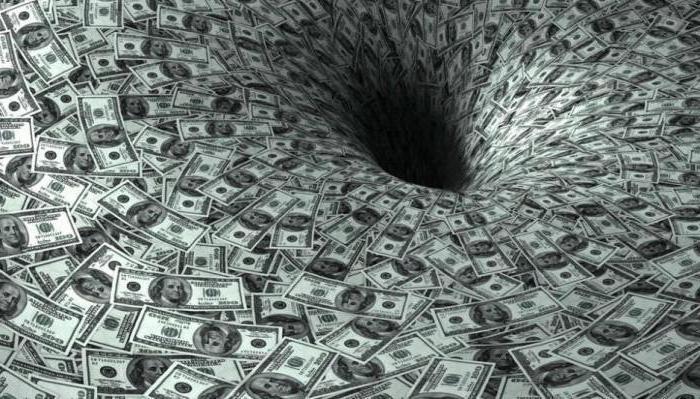
Firm stability features
Financial stability is determined by the level of independence and solvency of the company. The first, in turn, is established by the ratio between different articles and sections of the liability and asset balance. Analysis of the latter allows you to determine the causes of an unstable financial condition that caused insolvency. It can be caused, for example, by the irrational use of its capital, a high share of borrowed funds. Own current assets are formed from the resources of the company. They are constantly at her disposal. The main source is profit. Borrowed working capital - loans, payables and other liabilities. Achieving efficiency in the company’s activities is ensured by obtaining maximum results at minimum cost. The latter is possible due to the optimization of the structure of sources of creation of current assets. In other words, minimization is achieved through an appropriate combination of borrowed and own funds.
Stability classification
In practice, there are 4 types of stability:
- Absolute.
- Normal, providing solvency.
- Unstable state.
- Crisis situation.
The stability of the company is based on the ratio between the cost of the MPZ and the sources of their formation. If the security of these stocks reflects the essence of financial stability, solvency acts as its external manifestation. 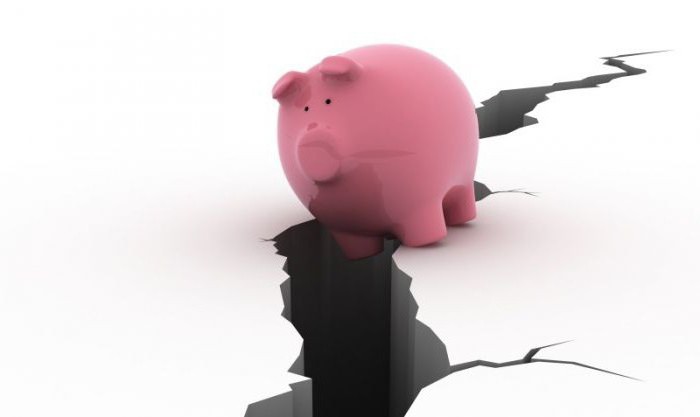
Capitalization ratio
Financial management considered one of the main areas of administrative and managerial activities in the company.To make the right decisions, achieve the intended results, managers constantly monitor the situation both within the company and in the market. During the analysis, various calculations are performed, different coefficients are determined. So, for example, the ratio of attracted and own funds is established. The indicator is called the capitalization ratio. The calculation is carried out by dividing the funds raised (the sum of the results of the 2nd and 3rd sections of the liability) by equity (the sum of the first section). The capitalization ratio shows which sources the company has more - borrowed or its own. The more it exceeds one, the higher the dependence of the company on borrowed funds. The critical value is 0.7. If the coefficient of this value is exceeded, the stability of the company is considered doubtful.
Maneuverability of own funds
This coefficient shows how much of their funds is in a mobile state, which allows them to be used to some extent in circulation. The norm is considered the value of 0.2-0.5. The coefficient is determined by dividing its working capital by the total of the 1st section of the liability.
The proportion of sources
It reflects the coefficient of stability. The specific gravity is determined for those sources that the company can use in work for a long time along with its funds. The coefficient is calculated by dividing the amount of equity and long-term loans by the total (currency) of the balance sheet. If the company does not have such loans, then the value of indicators of sustainability and autonomy (independence) will coincide. 
The real value of the property
This is a fairly important indicator. It determines the share of the means of production in the value of the property of the company. The calculation is carried out by dividing the total price of fixed assets, materials, wage, raw materials, semi-finished products on the balance sheet currency. All elements included in the numerator are production assets used in the conduct of the main activities of the company, that is, its potential. Accordingly, this ratio shows the share of property that provides output, services, work. The normal value will be considered such a value at which the real value will be more than half of the total price of assets.
The ratio of current assets and real estate
This ratio also characterizes financial stability. It is calculated by dividing current assets (2nd section of the balance sheet) by real estate specified in the first section. The minimum standard value is 0.5. With a higher coefficient, they speak of an increase in the production capabilities of an economic entity.
Creditworthiness
It should be understood as the possibility of timely repayment of loans, payment of interest on the use of borrowed funds on time. Creditworthiness is determined by several parameters:
- Liquidity
- The proportion of its capital.
- Profitability.
Depending on the magnitude of a particular coefficient, as well as the industry in which the company is engaged, the following three types of creditworthy companies are distinguished:
- With a high level of liquidity and security of own funds.
- With a sufficient degree of reliability.
- Insolvent companies with illiquid balances or low own funds.
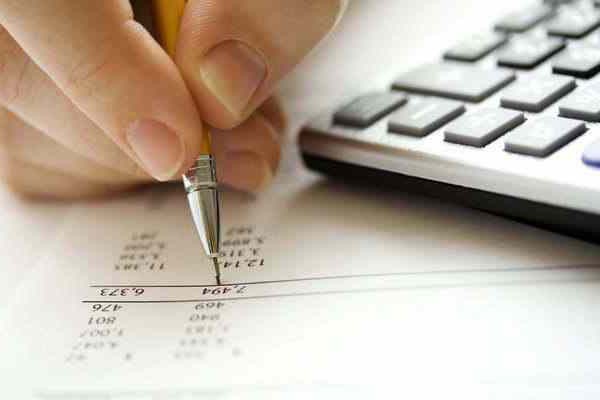
The credit rating of a company is carried out after studying its financial condition. With satisfactory results, a decision is made to issue a loan. After that, the calculation of the coefficient of net revenue. It expresses the share of profit and depreciation in each ruble received from the sale of services, products, works without VAT. The resulting value can be extended to the expected future income.This will allow you to establish the probable maturity of loans and credits, since the numerator of the coefficient (depreciation and profit) reflect the size of the potential source of repayment of obligations.
Accrued debt
It is determined when drawing up a loan agreement between the borrower and the bank. It includes the loan amount and interest for the use of funds. The accumulated amount should be provided by the size of the source of repayment of obligations for the period for which the loan is provided. Accordingly, if the latter is larger, then the company is considered creditworthy. If the size of the source is less than the accumulated amount, then, accordingly, the company is recognized as insolvent. In this case, the bank may reduce the amount of the loan, change the interest rate or maturity. Thus, equality between the accrued amount and the size of the source of payments is achieved. In addition to creditworthiness, it is necessary to study the effectiveness of the use of borrowed funds.